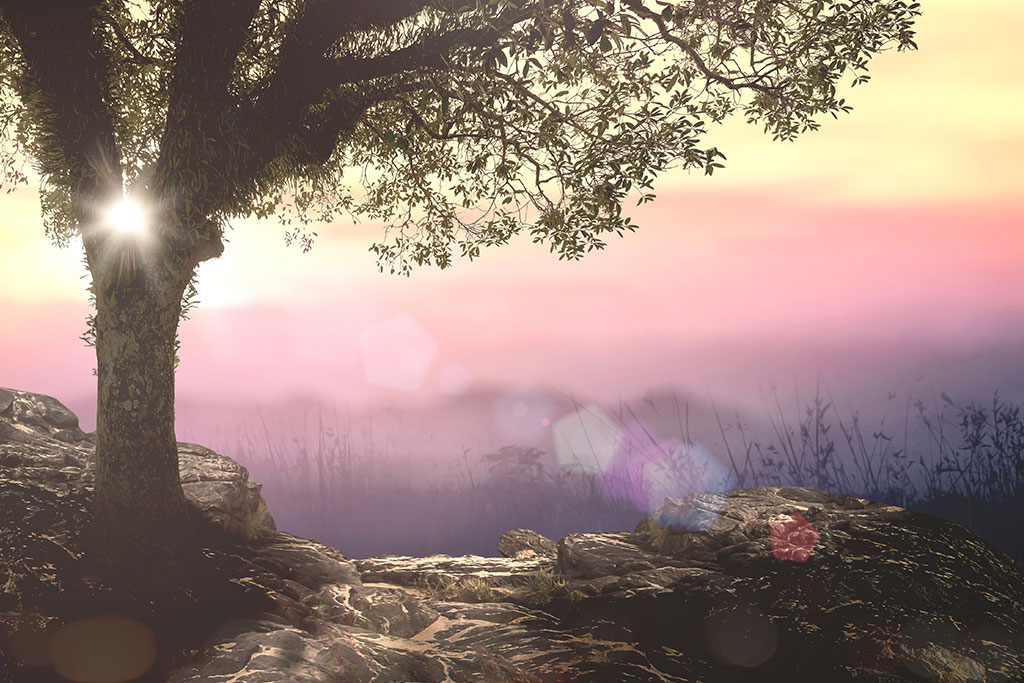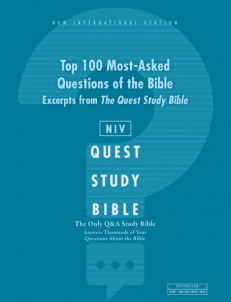
Our Longing Back to the Garden of Eden
The Bible portrays the wonderful Garden of Eden as a historical location, essential for understanding God’s intentions for creation, our role in the world, and the hope of eternal blessing. By word and deed, God revealed in Eden, both his love and justice toward humanity. First, there was peace and bounty; then there was judgment and a promise of restoration—all under the Lord’s sovereignty and providence.
Where Was the Biblical Garden of Eden?
In Genesis 2, we learn that God placed Adam and Eve into Eden, which He had planted near Mesopotamia, the land between the Tigris and Euphrates rivers. This area today largely corresponds to modern Iraq as well as sections of Syria, Turkey, and Iran.
Adam and Eve were assigned the task of exercising dominion over other created beings, in effect, stewards over creation.
God blessed them and said to them, “Be fruitful and increase in number; fill the earth and subdue it. Rule over the fish in the sea and the birds in the sky and over every living creature that moves on the ground.” (Genesis 1:28)
Their activity was joyful, not a burden. The garden was beautiful and abundant, containing “trees that were pleasing to the eye and good for food” (Genesis 2:9). This first human couple loved one another, communed with the living God in the refreshing coolness of the garden and tended the land God created. They enjoyed a “one flesh” type of union and obeyed God’s command to multiply, replenish the earth, and subdue it (Genesis 1:27–28; Genesis 2:24). Eden was truly idyllic. Until …
The Infamous Tree
When God placed Adam and Eve in the Garden of Eden, He gave them only one prohibition—they were allowed to eat from any tree in the garden except for “the tree of the knowledge of good and evil.” Accompanying the prohibition was a warning: The Lord declared that Adam and Eve would surely die when they ate from the tree (Genesis 2:17).
Yet the serpent (Satan) came to the woman, tempting her to disobey her loving Creator, eat the fruit, and give it to her husband. He called God a liar, told Eve that she would not die if she ate the fruit and insisted that God only wanted to prevent the couple from having knowledge that would help them become like Him (Genesis 3:5).
Tragically, Eve, and Adam who was with her, ate from the tree. They fractured their fellowship by doing the one thing God told them not to do: eating fruit from the tree of the knowledge of good and evil. Far from being some sort of amazing enlightenment, the knowledge of evil resulted in shame, alienation, pain, and terror. The first couple realized they were naked and tried to clothe themselves with fig leaves. They hid from God—a heartbreaking reversal of their previous relationship and communion with the Lord.
In this act, the “fall,” humanity died a spiritual death. God dealt out severe judgments to human beings. The woman would suffer from pain in childbearing and that conflict would now characterize her relationship with her husband. And for the man, the very earth itself was cursed and would resist his attempts to cultivate it and bring it under control. The animals were cursed. And God told the serpent, Satan, that he personally would be vanquished by a forthcoming descendent of the woman. The Lord cast Adam and Eve out of the Garden of Eden and barred them from re-entry.
Our Longing Back to Eden
Eden shows the depth of God’s kindness and the enormity of human calamity. In this garden, Adam and Eve had everything they needed but, selfishly grasped for more. They exchanged their living dream for a nightmare, and a large measure of their grief lay in recalling what they once enjoyed. Still, without a glimpse at Eden, humanity cannot fully understand the rich provision and fellowship God promises those who turn to Him in repentance and faith.
Christ came to earth to reverse—indeed erase—the alienation caused by the fall. In Isaiah 7:14, God declared that Jesus would be called “Immanuel,” meaning “God with us,” and thus the Lord signaled a new era of reunion. The New Testament speaks often of the reconciliation that results from Christ’s death on the cross, which paid the penalty for human sin (e.g. Romans 5:10).
In the book of Revelation, the Bible places a river and fruit-bearing trees with healing leaves in the middle of the Holy City (Revelation 22:2). This is the destiny of those redeemed in Jesus where humankind will again experience abundance, safety, and intimacy with their Creator.
Article drawn from study material in the NIV Storyline Bible.

NIV Storyline Bible ebook
Journey through the interwoven story of the gospel from Genesis to Revelation. The NIV Storyline Bible features over 200 articles that illuminate the interconnected nature of God’s Word and the complete story that spans the Old and New Testaments.
Learn More





